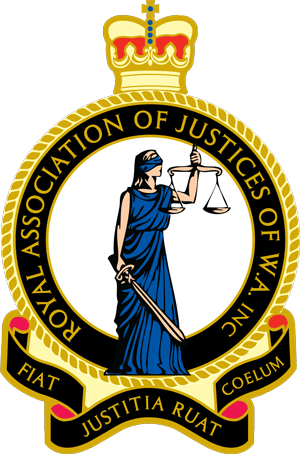The first female Justice of the Peace in ‘British History’ [sic] was appointed over a century ago. Women began serving as JPs in Western Australia in 1920, but the first appointment was made in South Australia in 1915, as reported:
LADY JUSTICE OF THE PEACE: Adelaide, July 29. The first practical result of the recently adopted policy of the Government in the matter of women justices of the peace was witnessed at the Adelaide Local Court to-day, when Mrs. Price, the wife of the late Mr. T. Price, occupied a seat on the bench with Commissioner Russell. Keen interest in the innovation was evinced by members of the bar. The lady justice did not begin her career as an assistant on the bench under auspicious circumstances, for the harsh and seamy side of life was revealed to her in a long-drawn out succession of claims against debtors who had failed to meet their obligations for small amounts. At the conclusion of the proceedings his Honour referred to the fact that this, was the first time in the history of the British Empire that a lady had occupied a position on the bench. He had taken the opportunity of inviting lady justices to take a seat so that they would gain enlightenment and experience which would help them in the duties they had to perform as holders of the commission of peace. In view of the tines, it seemed fitting that the ladies should be appointed justices, for they were frequently called upon to appear in the court in other capacities, such as contractors, and were parties to agreements. In other States they were also permitted to practise at the bar. He hoped they would frequently avail themselves of the opportunity of hearing cases in that court. Subsequently Mrs. Price said she realised that Commissioner Russell’s invitation would help lady justices considerably in gaining knowledge of judicial matters. Her experience that morning had been useful to her, and her eyes had been opened to many things which were unknown to people in ordinary walks of life. “I was sorry to see so many women in court,” she added, “and many of the debtors looked so young. It is a pity they should begin life wrong, as so many seem to have done, judging by the long list of summonses to-day. I was also struck by the great “amount of poverty revealed.”
Source: Kalgoorlie Western Argus (WA: 1896 – 1916), Tuesday 3 August 1915, page 5
